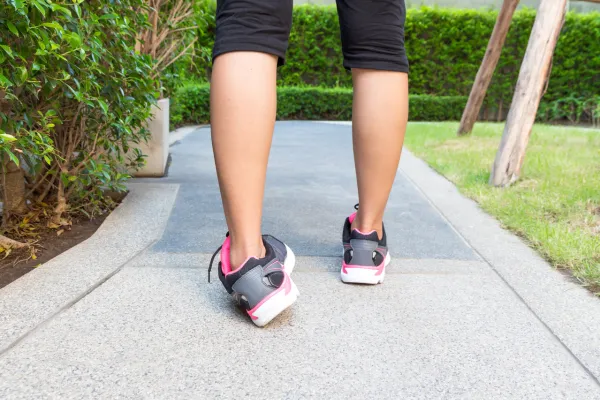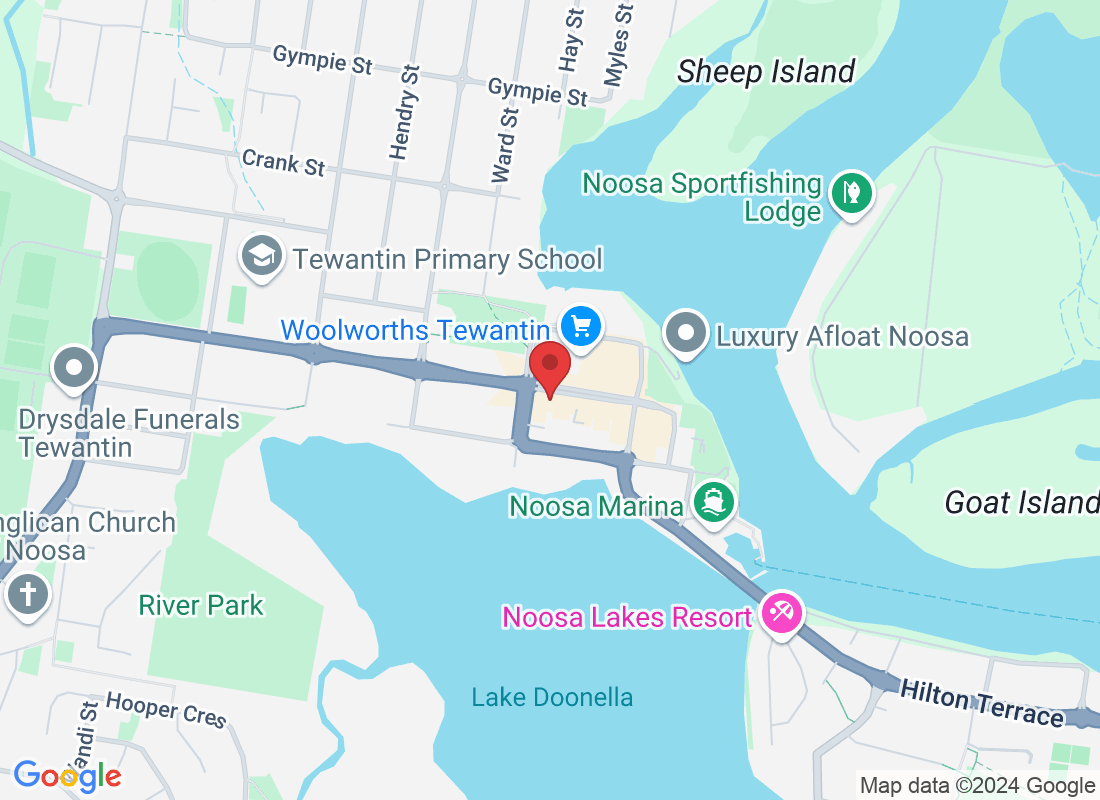
The Science Behind Ligament Healing: How Physiotherapy Optimizes Recovery After an Ankle Sprain
Ankle sprains are one of the most common injuries, and while they might seem minor, the healing process for ligaments is intricate and requires proper care to ensure full recovery. Understanding how ligaments heal and the role physiotherapy plays can make a significant difference in the recovery journey.
How Ligaments Heal
Ligaments are strong, flexible bands of connective tissue that support and stabilize joints. When a ligament is sprained, its fibers are stretched or torn, leading to pain, swelling, and reduced stability. Ligament healing occurs in three distinct phases:
Inflammatory Phase (0-72 hours post-injury)
This phase begins immediately after the injury. The body sends blood, immune cells, and nutrients to the damaged area to start the healing process. Swelling, redness, and warmth are common as the body works to protect the joint.
Proliferative Phase (3-21 days post-injury)
New collagen fibers are produced to repair the ligament. These fibers are initially weak and disorganized, requiring time and movement to strengthen and align properly.
Remodeling Phase (21 days to several months)
During this phase, the newly formed collagen fibers are reshaped and strengthened to restore ligament function. Proper rehabilitation during this period is essential for long-term stability.
Why Proper Recovery is Essential
Without appropriate care, a sprained ligament can heal incorrectly, leading to chronic instability, recurring injuries, and even long-term joint degeneration. This is where physiotherapy becomes invaluable.
How Physiotherapy Optimizes Ligament Healing
At Tewantin Physiotherapy, we use evidence-based methods to support the body’s natural healing process while promoting strength, stability, and mobility. Here’s how physiotherapy enhances recovery:
1. Reducing Pain and Inflammation
Techniques such as manual therapy, ice application, and compression help minimize swelling and pain, creating a better environment for healing.
2. Restoring Movement Safely
Gentle range-of-motion exercises are introduced early to prevent stiffness and promote healthy joint mobility without overloading the ligament.
3. Strengthening Supporting Muscles
Weak muscles can place extra strain on healing ligaments. Strengthening exercises for the surrounding muscles help offload pressure from the joint, improving stability.
4. Proprioception and Balance Training
Proprioception, the body’s ability to sense joint position, is often impaired after an ankle sprain. Balance exercises retrain the nervous system, reducing the risk of future injuries.
5. Guiding Progressive Rehabilitation
Recovery is a step-by-step process. Physiotherapy ensures each phase of healing builds on the last, with exercises that progress in intensity to match the ligament’s strength.
6. Preventing Reinjury
Education on proper footwear, activity modification, and warm-up routines helps protect the joint from future sprains.
The Role of Time and Consistency
Healing takes time, and consistency in following a tailored rehabilitation program is key. While the body is remarkable in its ability to repair itself, physiotherapy ensures that the process is as efficient and effective as possible, reducing downtime and enhancing outcomes.
Take Control of Your Recovery
An ankle sprain might seem like a small setback, but proper care is critical to ensuring long-term health and stability. By understanding the science behind ligament healing and following a structured physiotherapy program, you can recover fully and return to the activities you love with confidence.
If you’ve experienced an ankle sprain, don’t wait—contact Tewantin Physiotherapy today to get started on your recovery journey.



